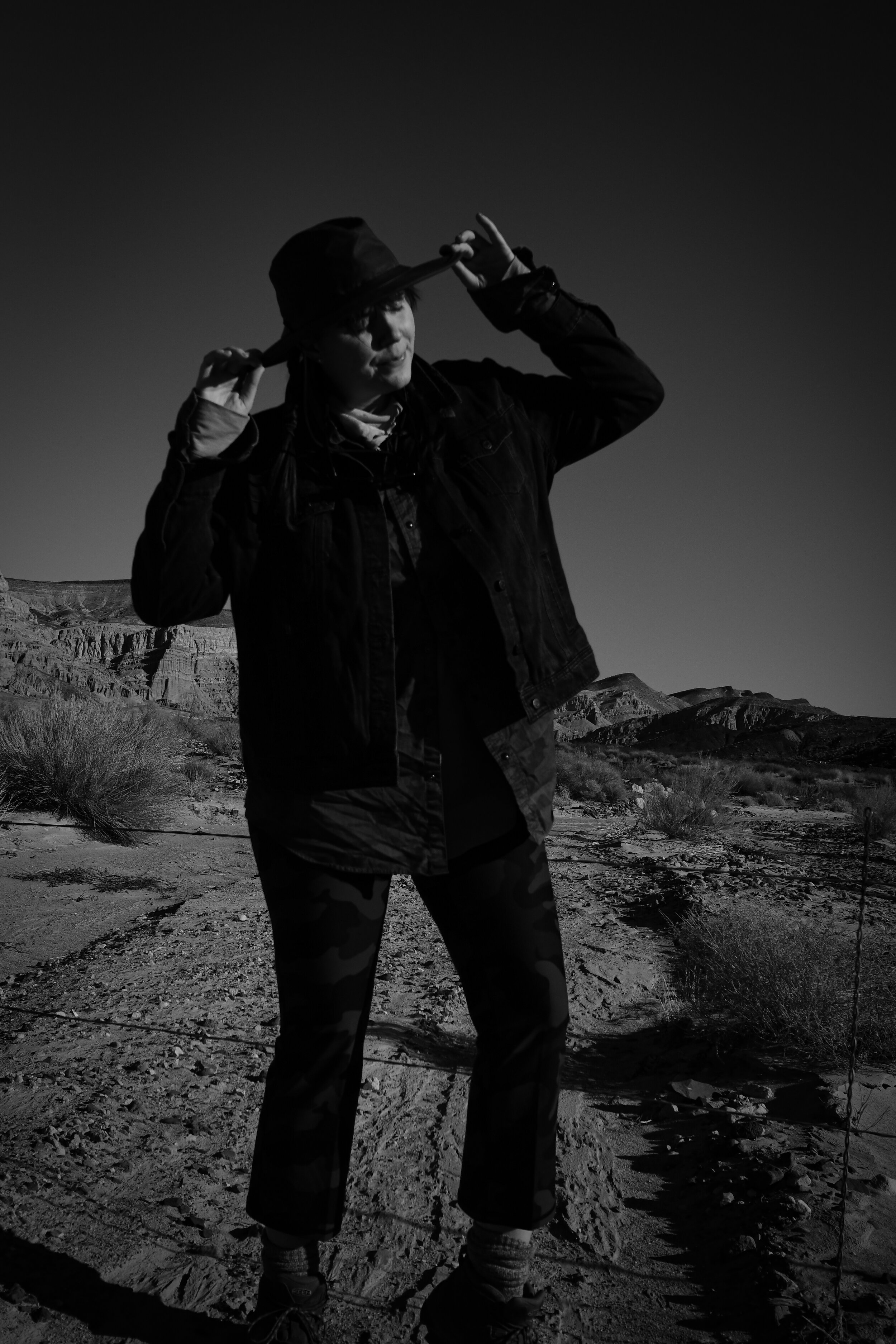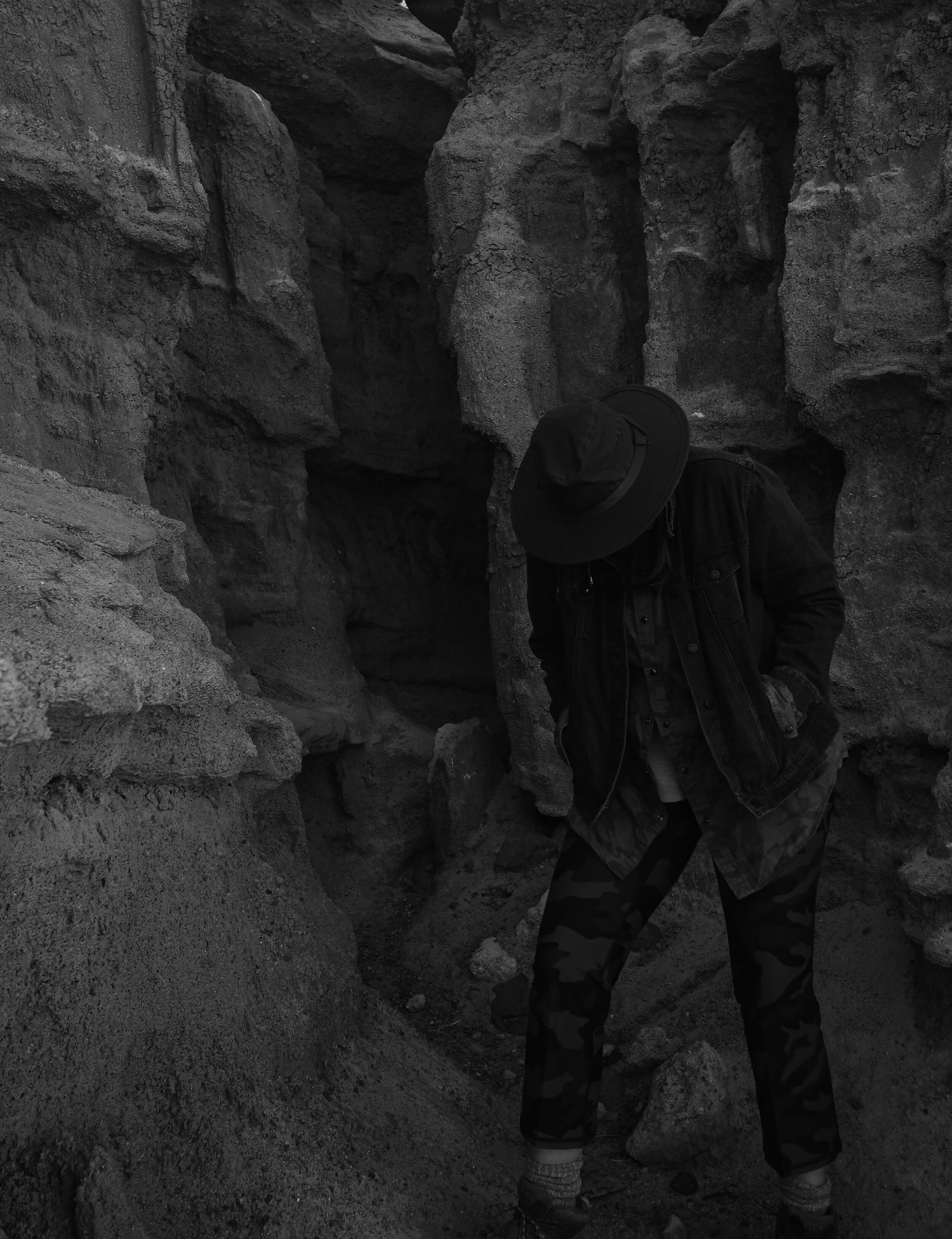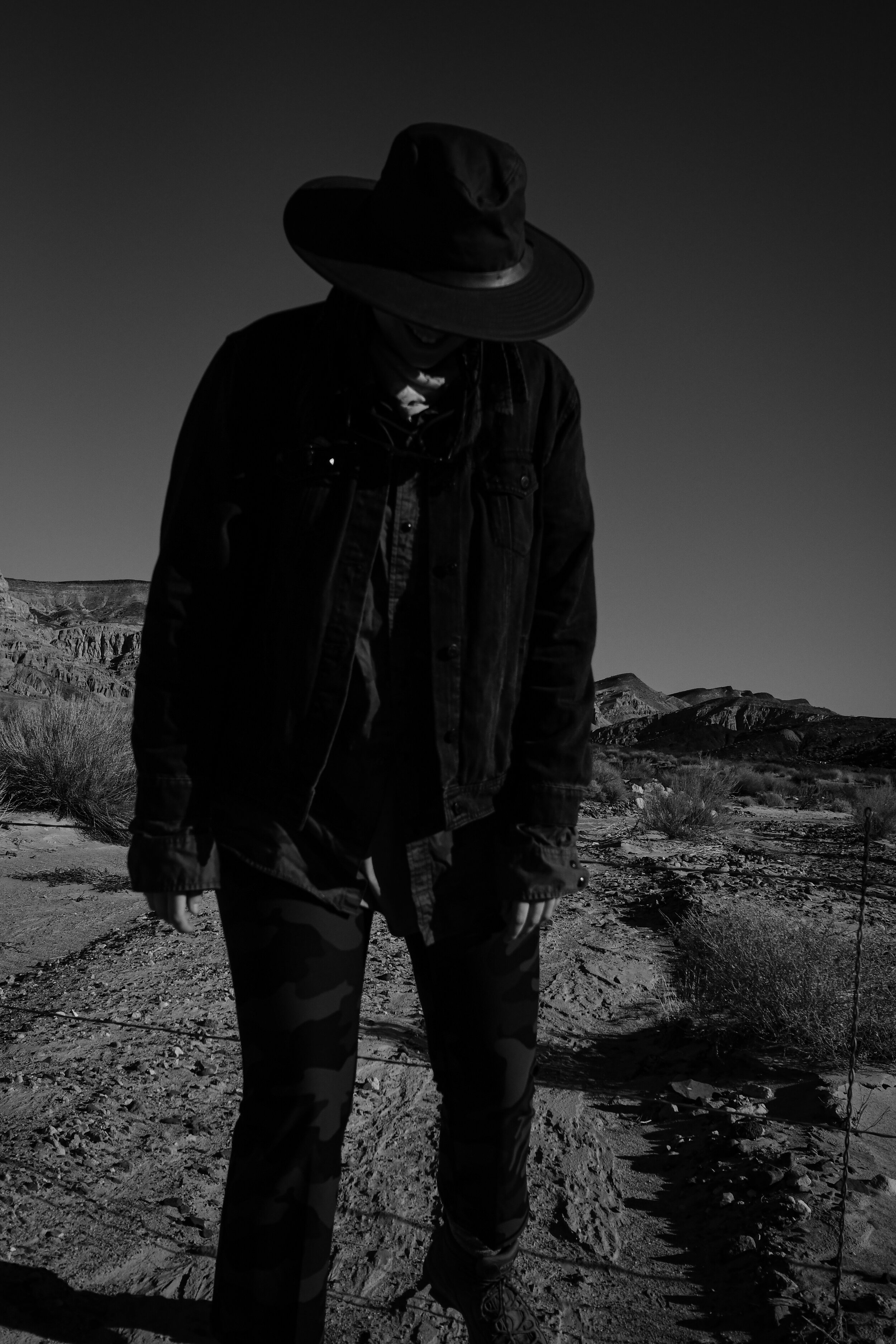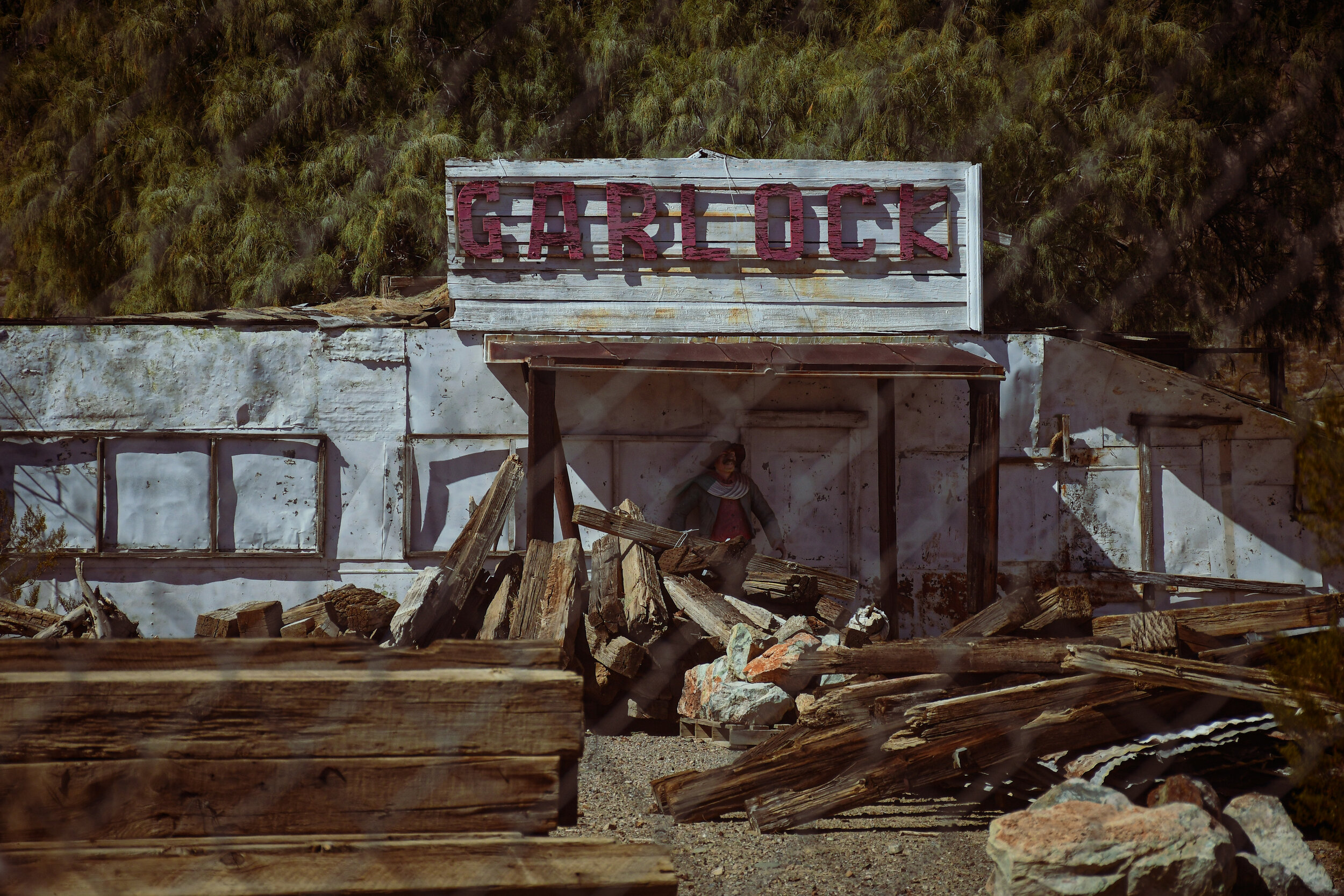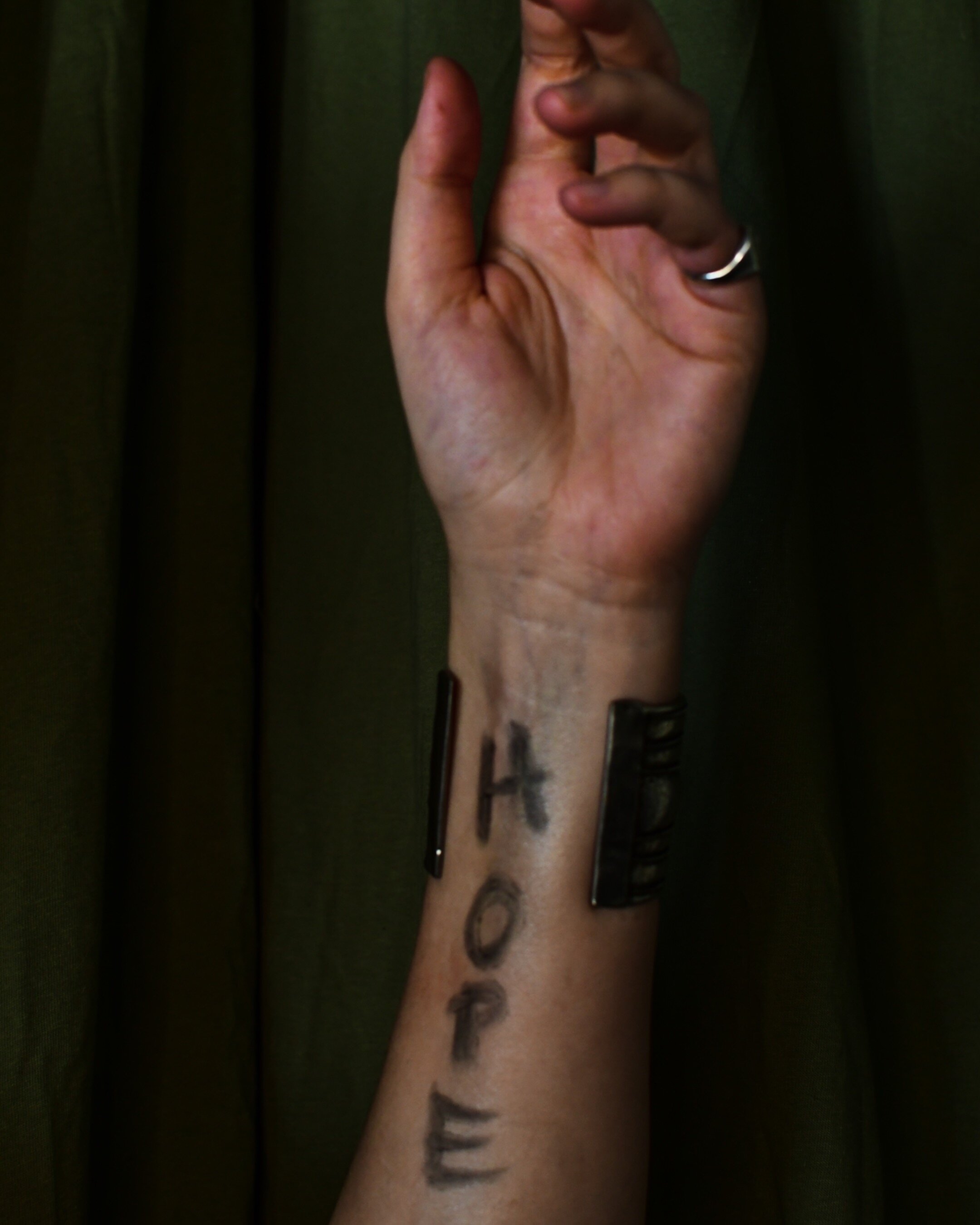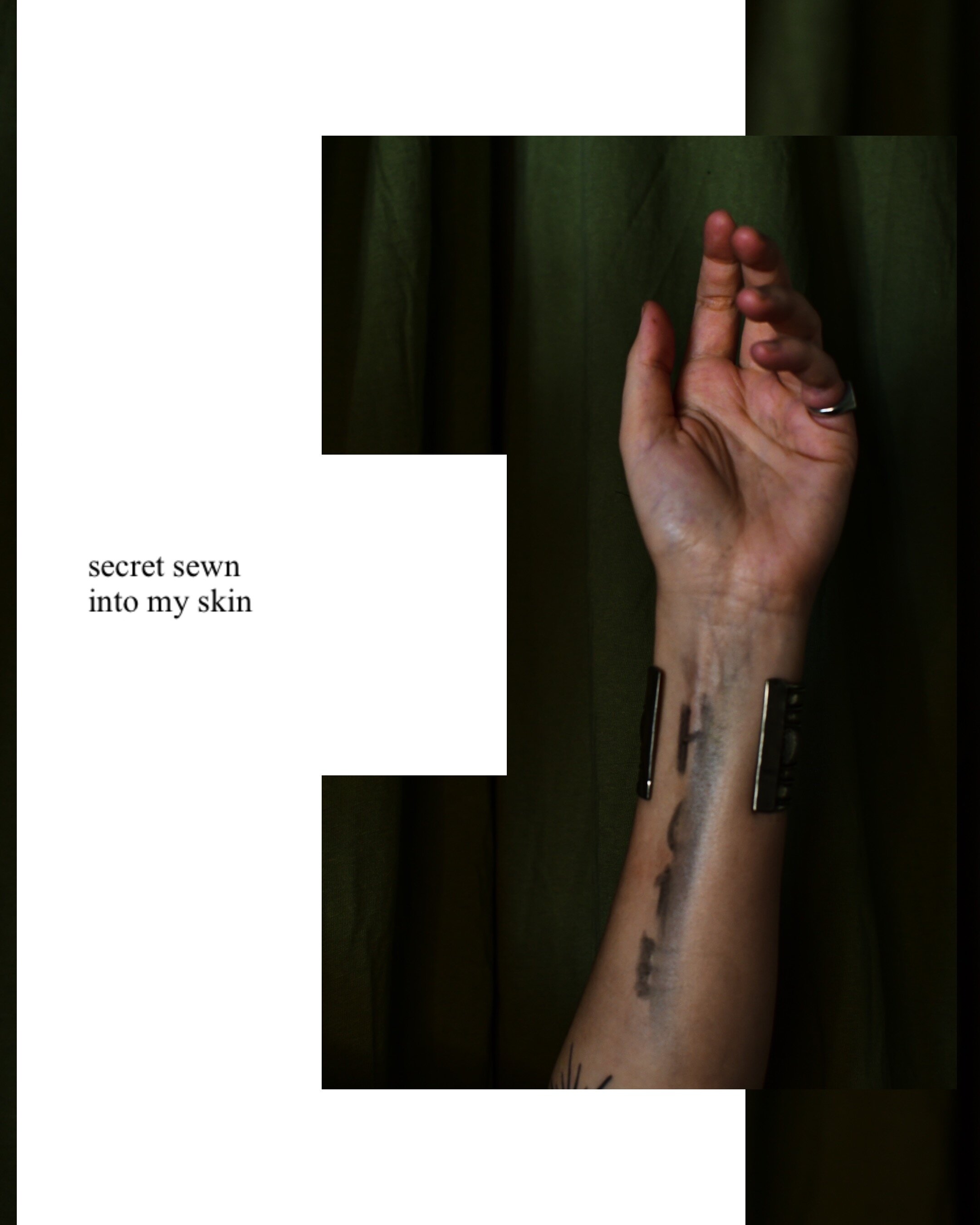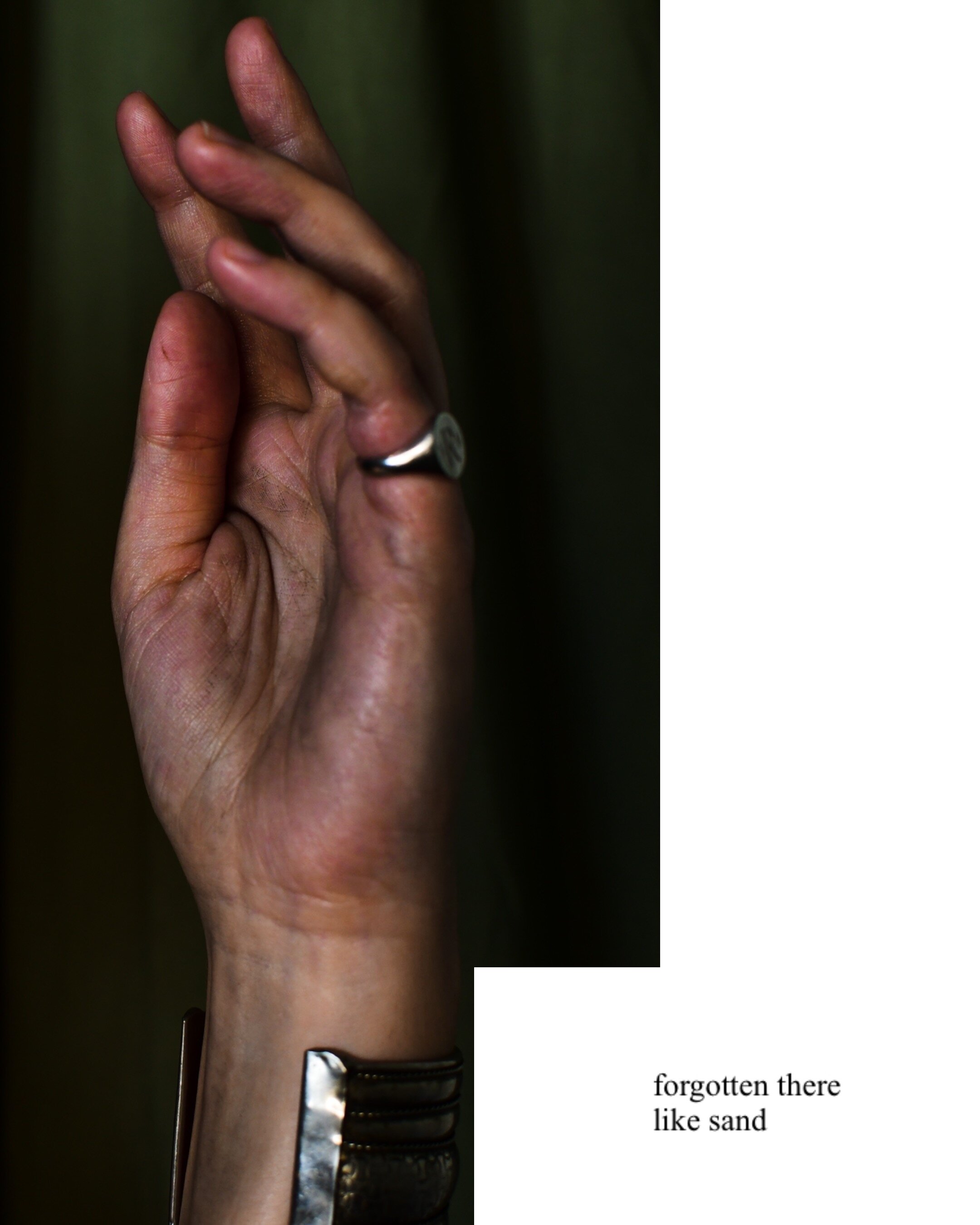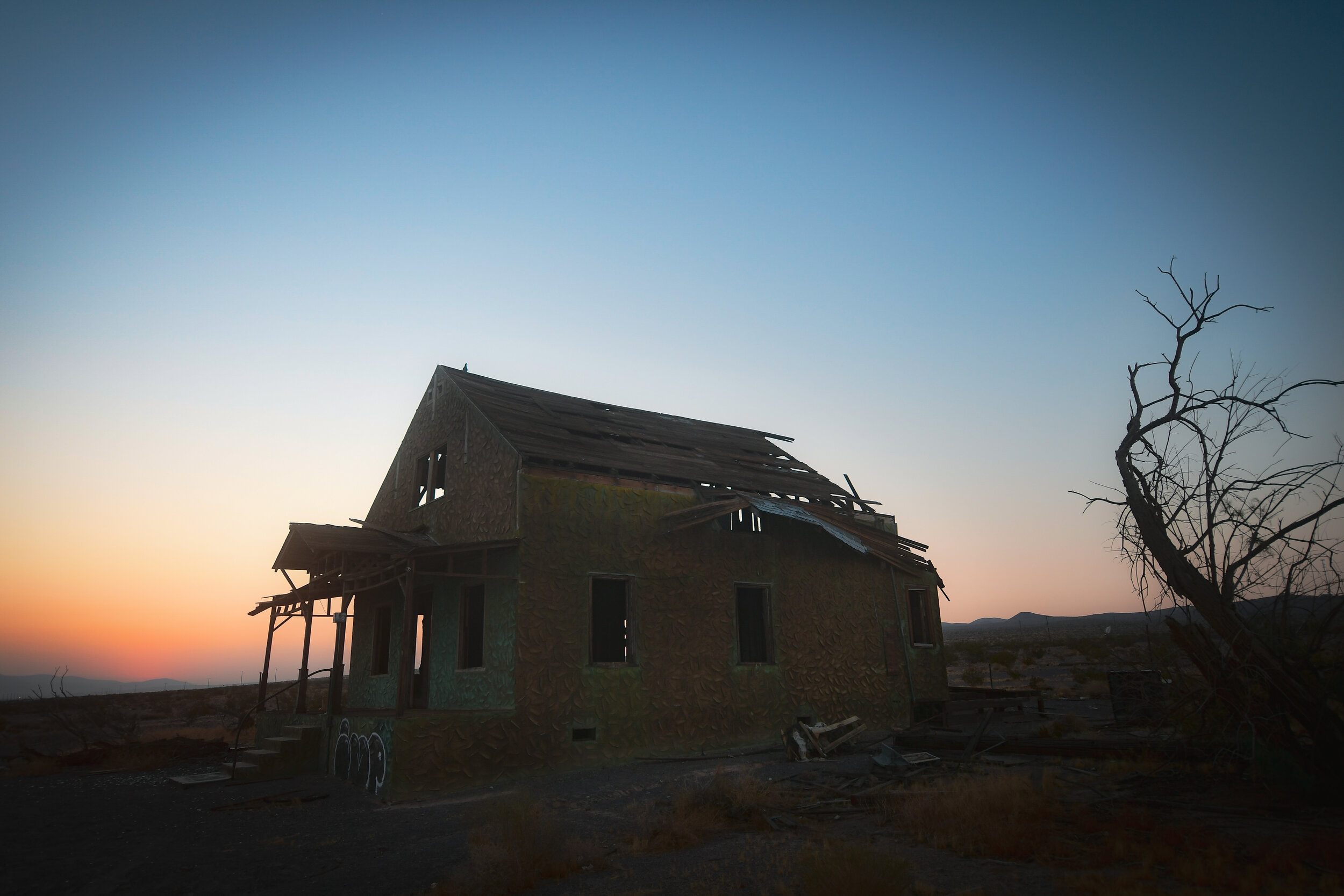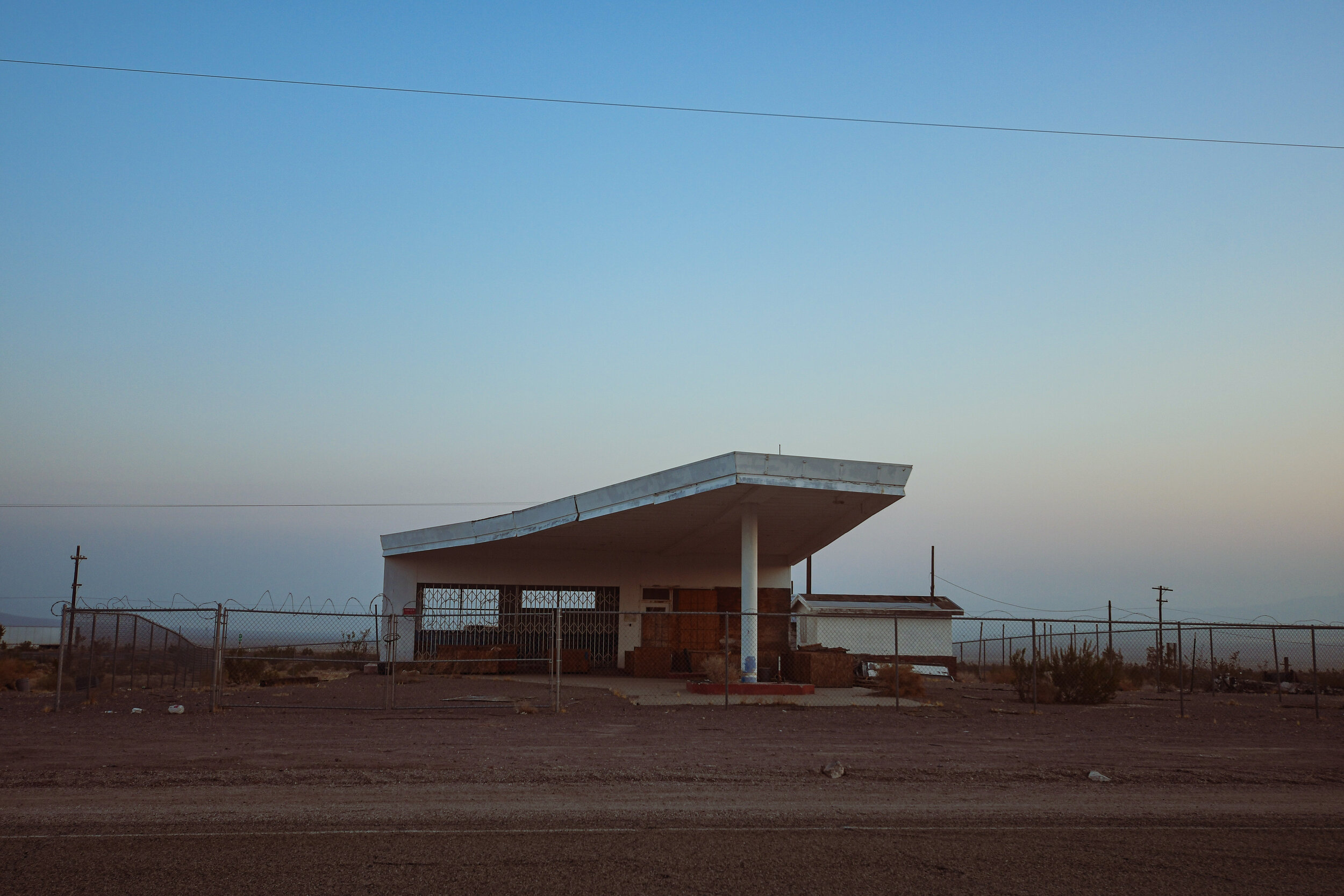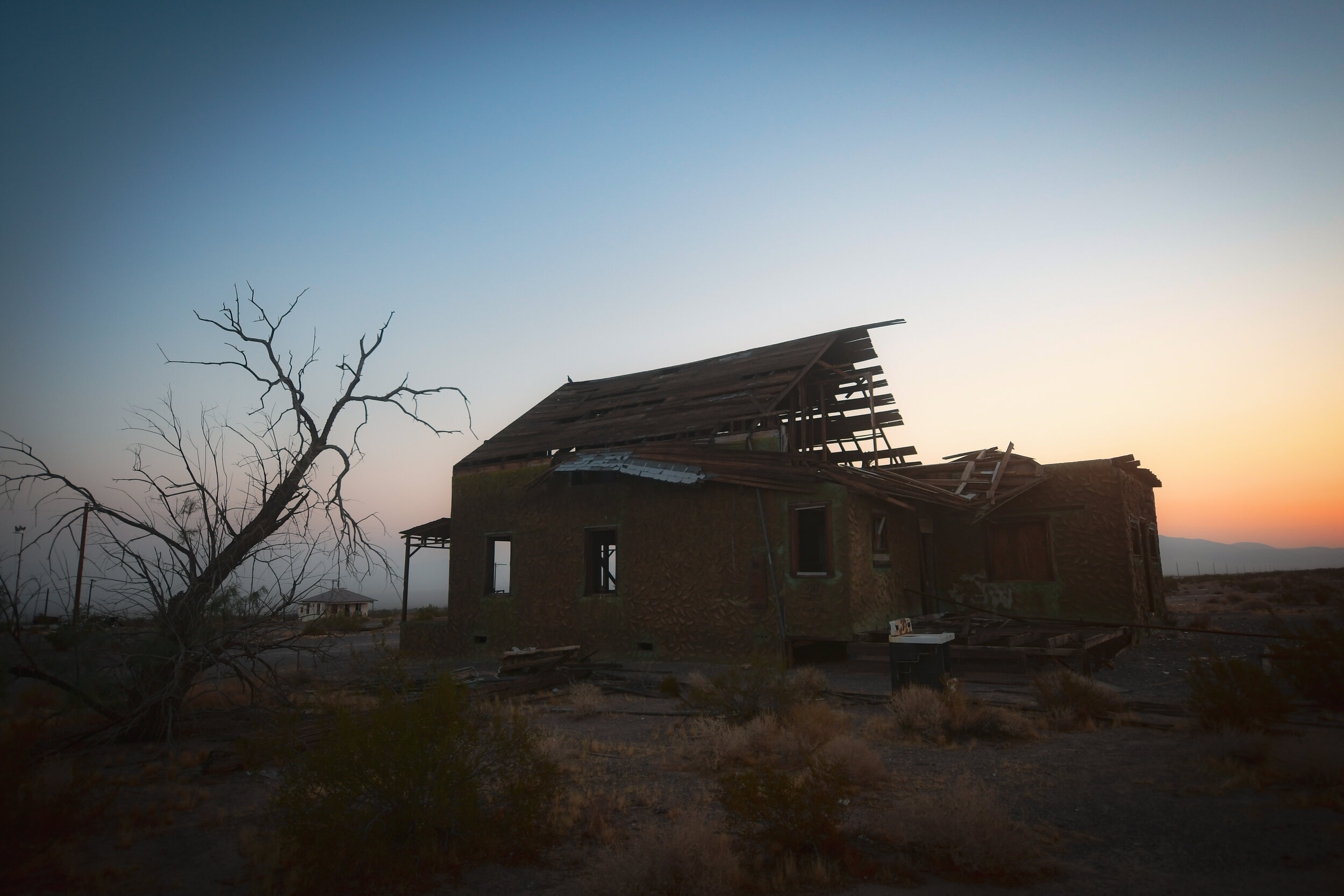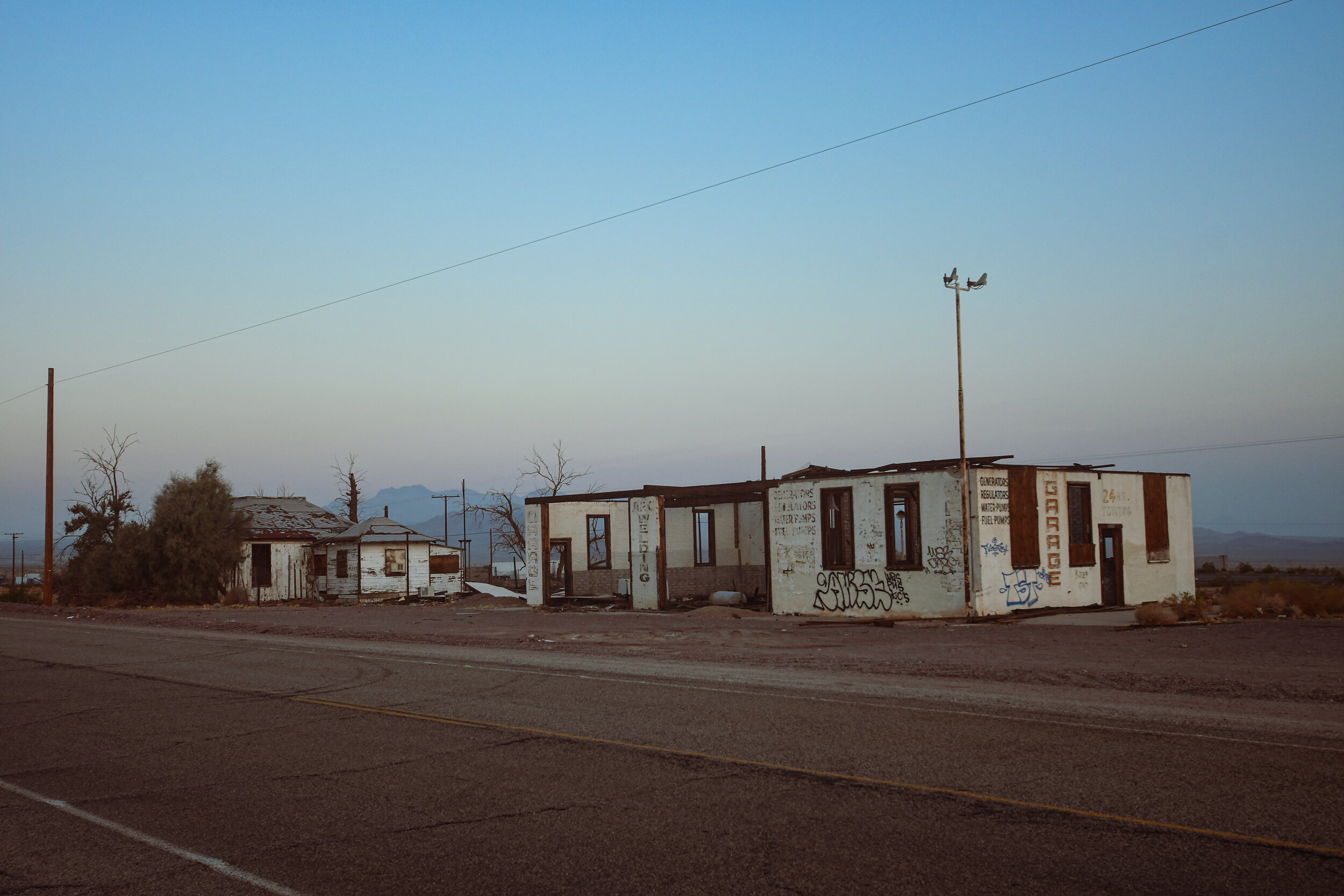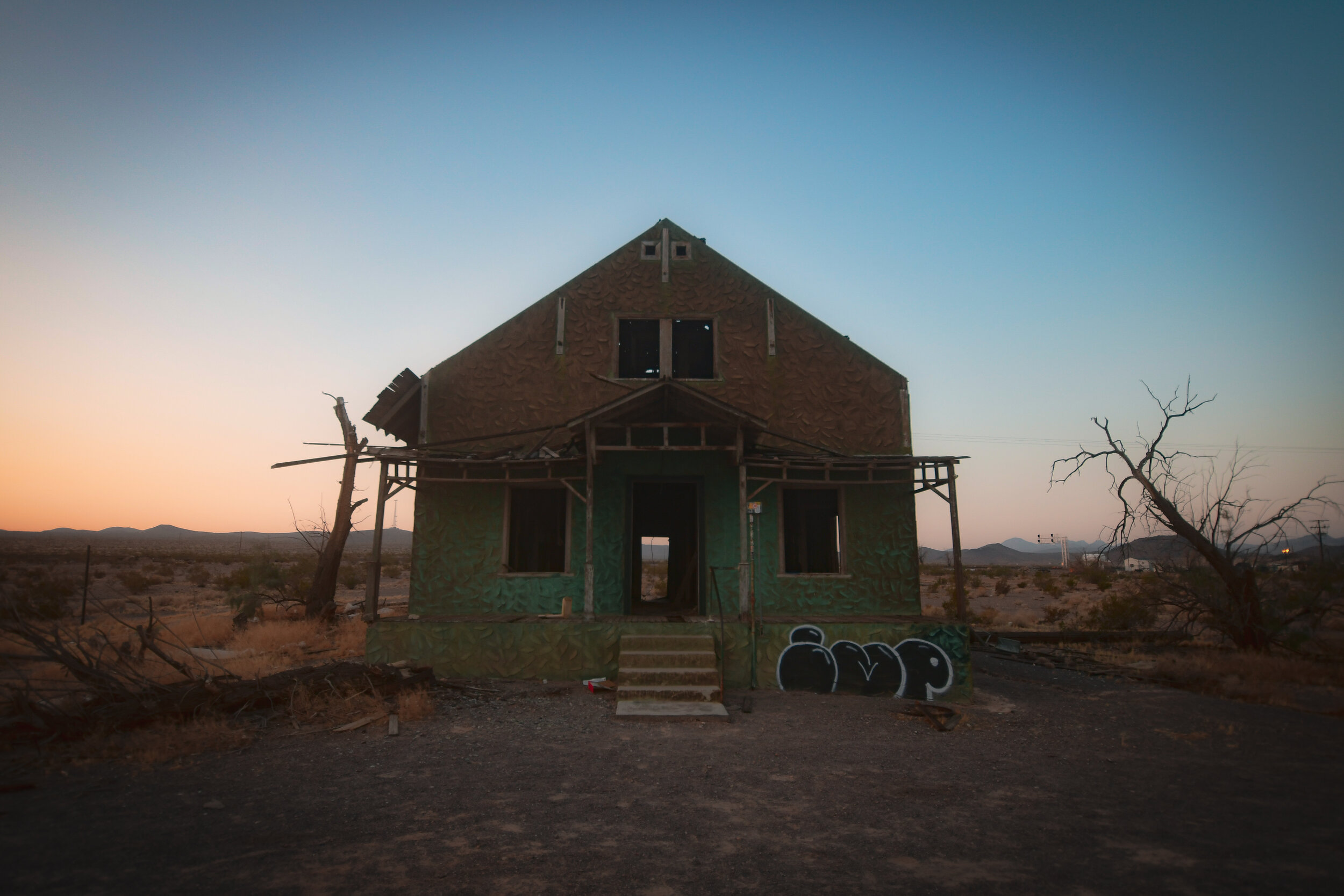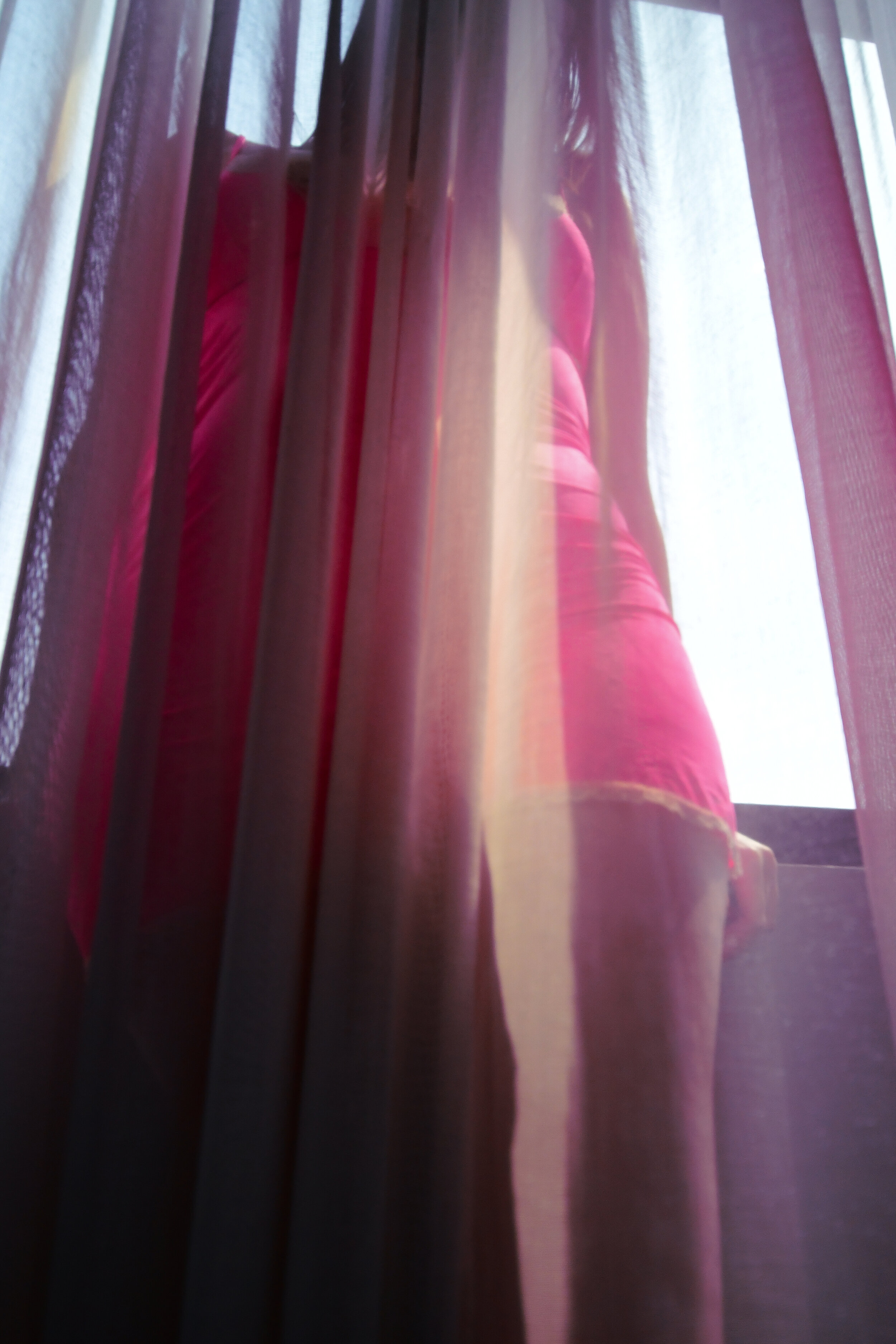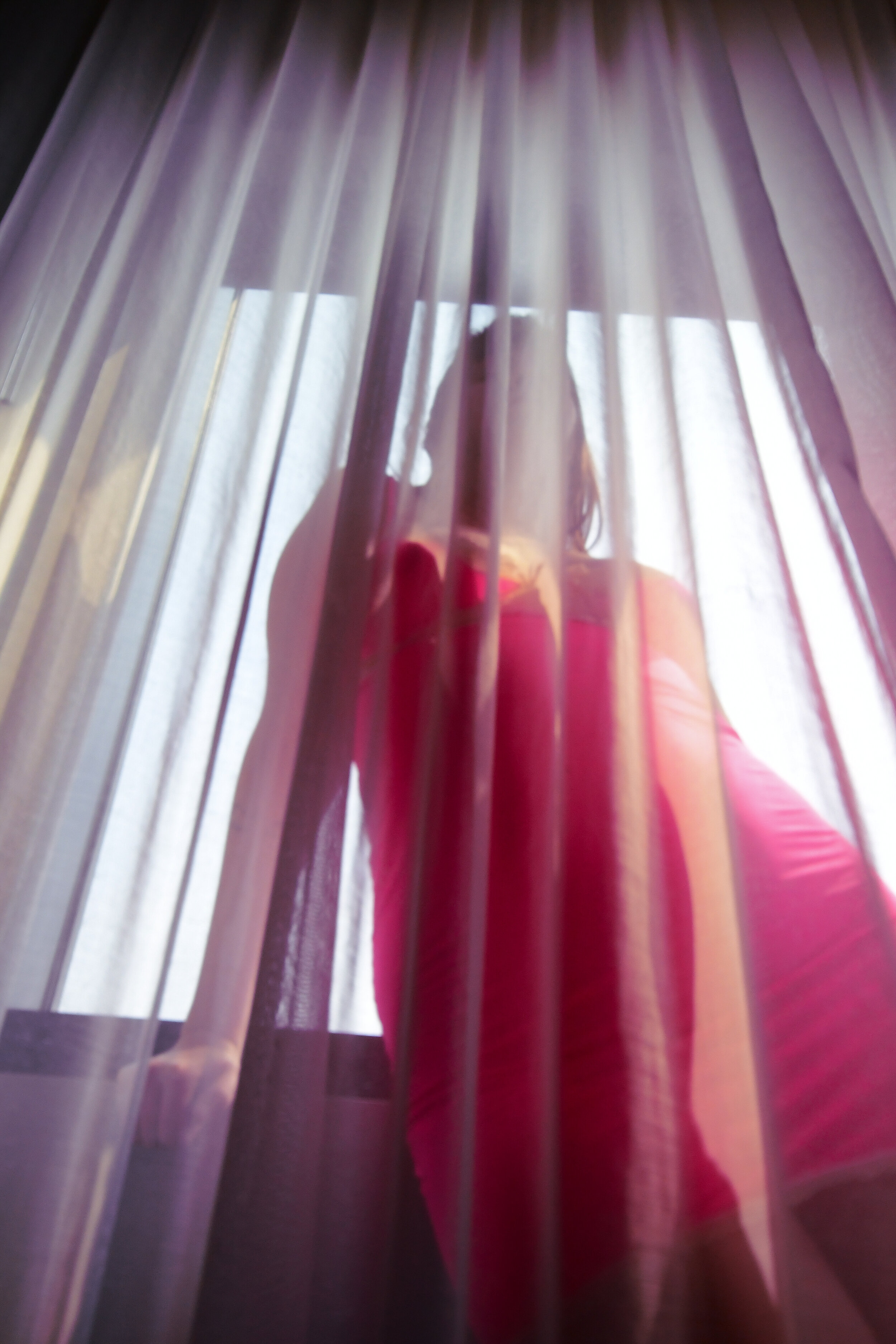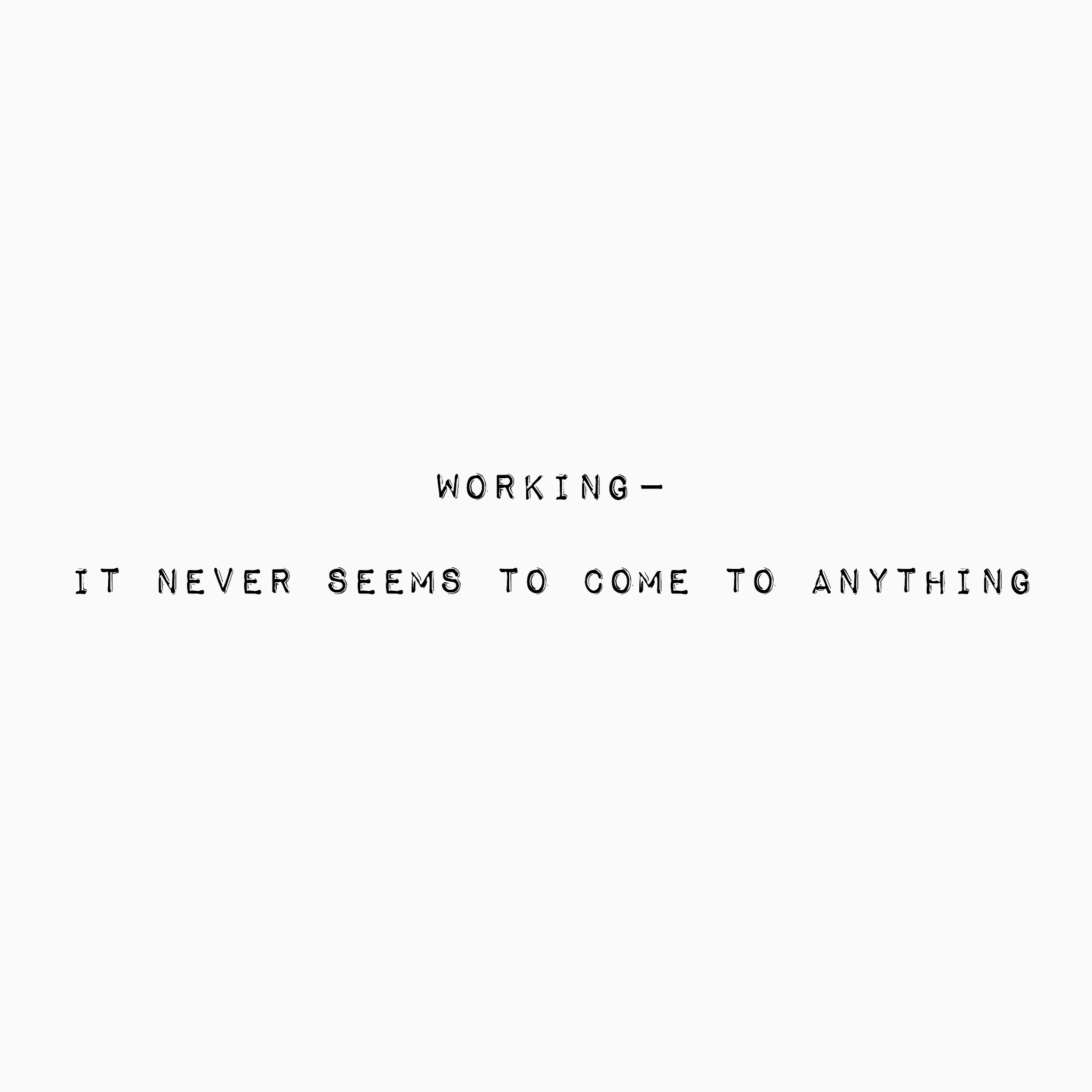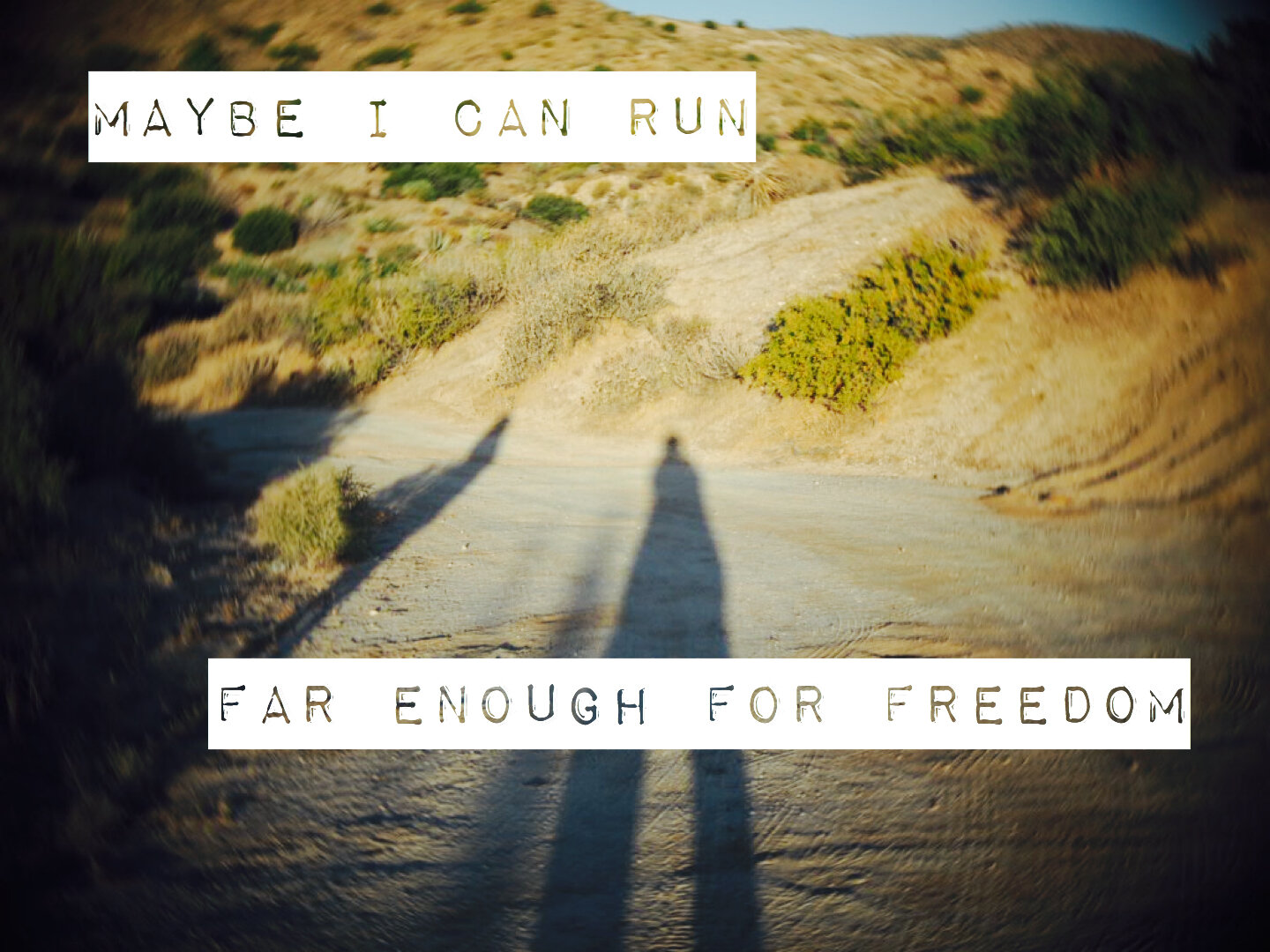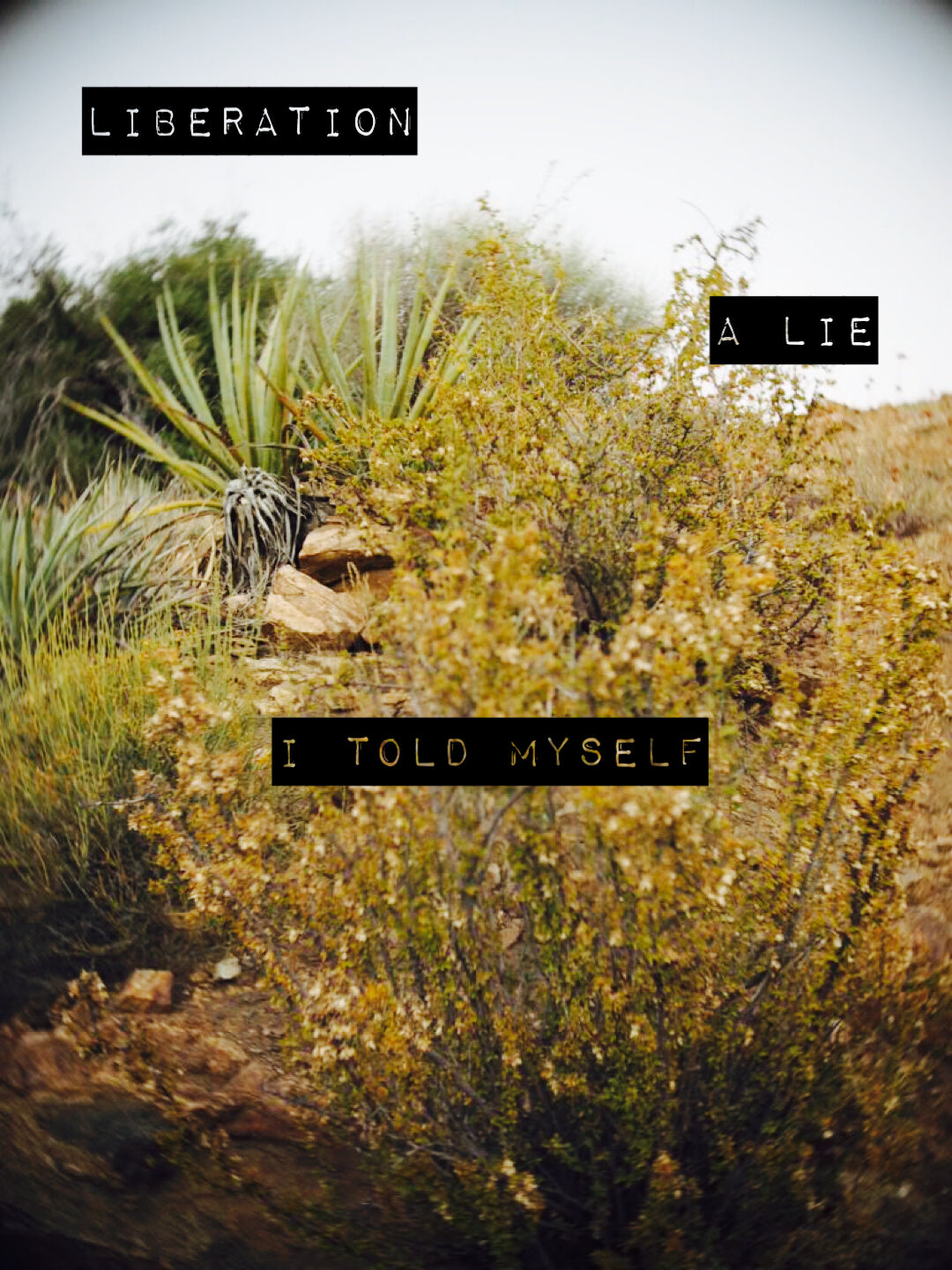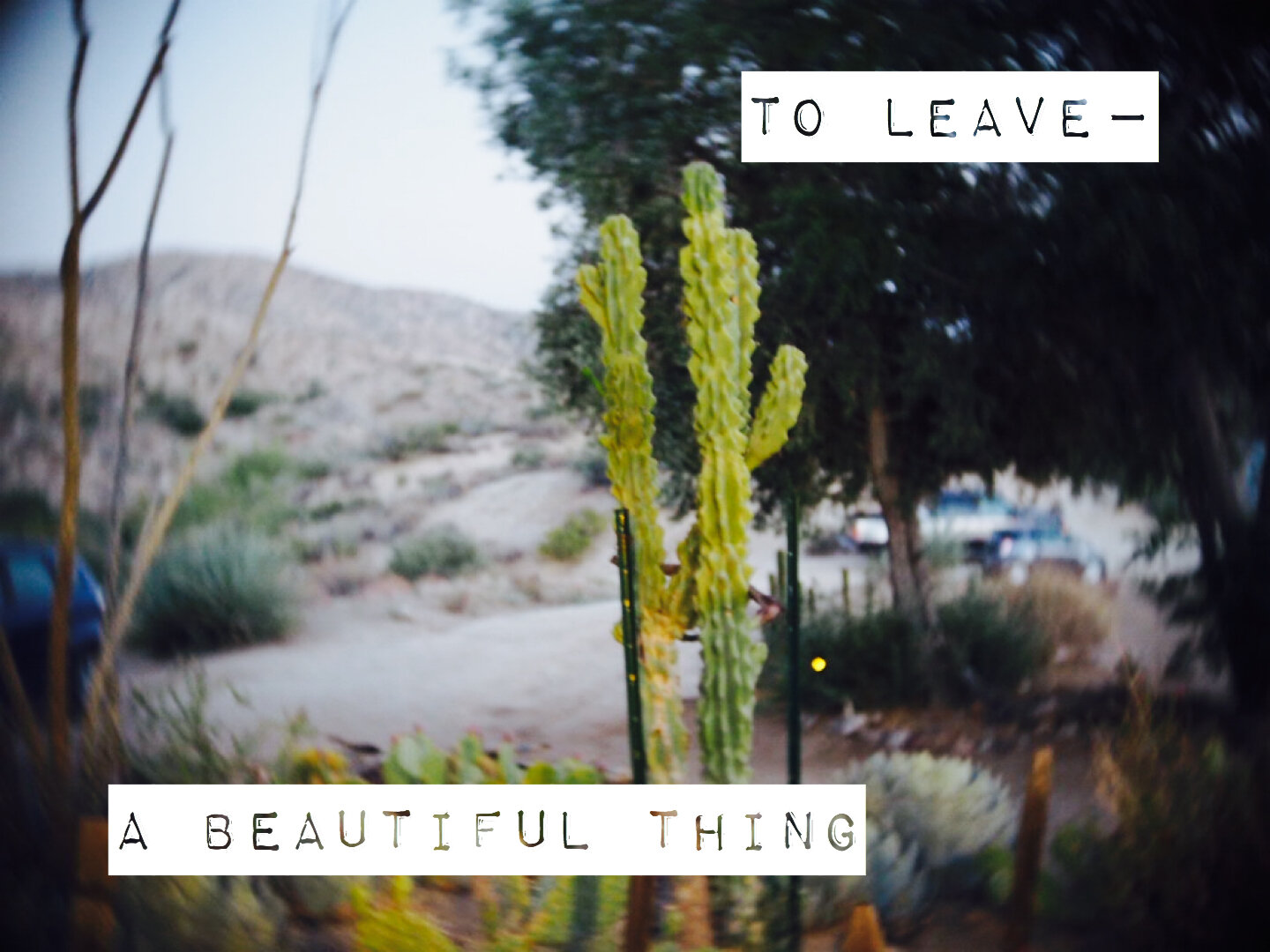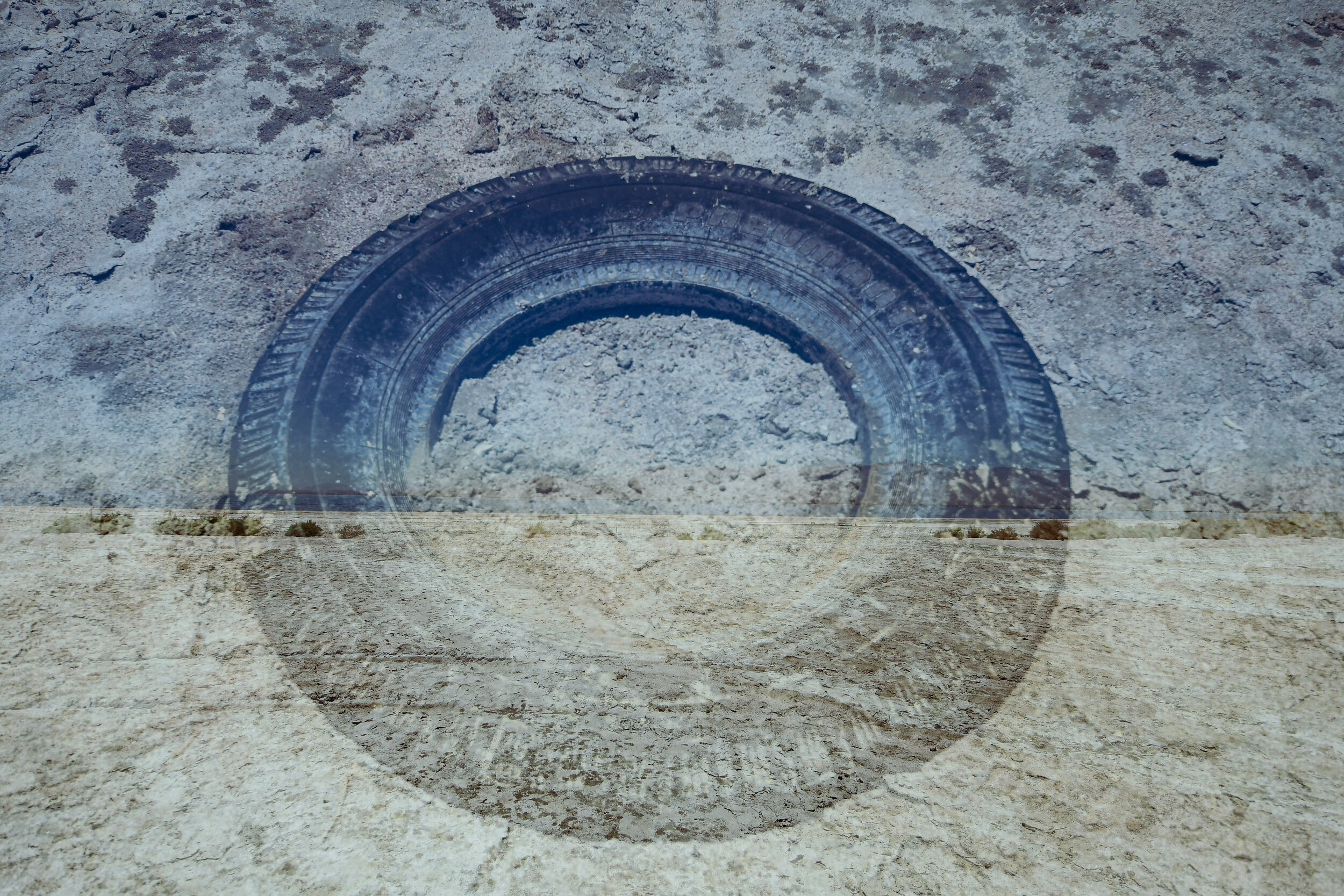photography
llano
Perpetual politician Job Harriman lost his 1911 race for mayor of Los Angeles & turned to Antelope Valley to put his socialist principles into practice.
Harriman, along with a handful of other socialist peers, purchased some 9000 acres that had previously belonged to a temperance colony just 45 miles north of Los Angeles in the high desert. The group formed a corporation wherein each had an equal share & set about financing a new socialist colony to show the capitalist outside world what was possible. By 1914 the Llano del Rio company was born.
Membership of the colony was advertised in several nationwide socialist newspapers & required the purchase of 2000 shares in the company at $1 each. Applicants required references & an interview before they were accepted. They needed to be industrious, sober, & caucasian: Llano del Rio was whites only. The company had this to say about their segregation: “the rejection of these applications are not due to race prejudice but because it is not deemed expedient to mix the races in these communities.”
Community members were drawn to the colony on the promise of good wages, vacation days, & the allowance of personal property. These enticements were met only partially & the promised wages of $4 a day never materialized. Despite its goals, Llano was not utopia.
The community’s political stability was threatened by internal power struggles. Governed by a board of directors, Llano’s stockholders & residents (known as the general assembly) began to resent the consolidation of power at the top. Direct democracy also proved to be a logistical issue. Long discussions were held on every aspect of colony life, include when to harvest crops. An inability to reach consensus on a harvest timeline led to some crops rotting in their fields.
Water also proved to be an issue. Though the company had purchased water rights when they acquired the land, they needed to apply to the state for permits to build a dam for irrigation. The California commissioner of corporations, adamantly against socialism, denied the permit request. Neighbors also began to sue the company for water access, most were spurred to action by their dislike of socialist principles.
By late 1917 Llano del Rio was collapsing. Drowning in debt & with more legal troubles on the horizon, the company sought a new location in Louisiana. A handful of colony members made the cross-country move. By 1918 California’s Llano del Rio company had declared bankruptcy. Ruins, directly off the west bound side of route 138, are all that remain of this vision of a socialist future.
cowboy days
early morning desert selfies, channeling wild west vibes.
turn of the mill
previously known as el paso city, cow wells, or eugeneville, the now abandoned garlock was a mining support town which came to life when a farmer from tehachapi–eugene garlock–brought an 8 stamp mill into the area in 1894. at its height the town was home to some 300 residents, including the eccentric burro schmidt–an area miner who spent decades digging a tunnel through the el paso mountains.
by 1898 garlock was losing its luster. the development of stamp mills & support towns nearby in barstow & other places made garlock’s offerings obsolete. by the time a stamp mill was opened in randsburg in 1903, garlock was fading fast. its founder died in 1907, leaving behind a ghost town.
william “burro” schmidt was perhaps garlock’s most well known resident. in the early 1900s he decided to tunnel through the el paso mountains with the stated purpose of creating for himself a “shortcut” between local ore mills & his mining claim nearby. schmidt seems to have fudged the details about the reason for his tunnel, however, since it begins at his homestead & spits out on a 4000 foot high ledge a distance away from his claim. the tunnel, just over half a mile long, took schmidt 36 years to dig using only a combination of hand tools & dynamite.
area residents thought schmidt out of his mind, especially after a road was constructed nearby making the need for a tunnel obsolete. he embraced his status as a crazy tunneler & publicly declared that he was obsessed with the dig & had no intention of stopping. privately, it seems his work was actually much more logical: he was following a thick vein of gold & copper through the mountain.
schmidt never mined the ore he found in his tunnel however. he died in 1954, a high desert legend. the town of garlock was made a california historic landmark in 1958. it is now largely private property & is partially fenced. burro schmidt’s tunnel still exists, managed by the bureau of land management & accessible by a poorly maintained dirt road. entering it is not recommended.
details
fun facts:
red rock canyon state park is one of the darkest skies within a 2 hour drive of los angeles, making it an excellent place for amateur astronomy.
the tall thin spires of rock which rise from the desert badlands are called “hoodoos”.
the center of the park is an alluvial plain, caused by the depositing of sediment over millions of years by rivers flowing through the area from higher elevations.
valleys throughout the area were caused by simultaneous or concurrent uplift (due to fault-line activity) & erosion.
several films have been shot here, including many westerns & blockbusters like jurassic park.
happy holi-daze
holiday self portrait 2020
here’s to an absolutely insane year.
poems about feelings & things
slow fashion
during the stay at home period here in la I’ve gotten more & more interested in slow fashion. the other day I decided to do a mini photoshoot with a couple of pieces from two of my fave brands. slow fashion revolves around ethical production practices & supply lines, with products that are meant to be kept, & worn, & loved for years. growing up in poverty I have a lot to unpack around the scarcity mindset which makes “quality over quantity” difficult for me, but these pieces & the handful of others I’ve added to my closet are helping me start.
tank from arq.
breeches from state the label.
lost things
ludlow california is an unincorporated community which dates back to the late 1800s. the town itself was founded in 1882 & named after william ludlow of the southern pacific railroad. after a decline in mining & railway projects the town served as a rest stop on the infamous route 66. when interstate 40 was built in the 1960’s ludlow was largely deserted. departing residents left abandoned buildings dotting the old highway. the town is now home to a gas station, diner, & small motel. as of year 2000 the population was 10.
I stopped in ludlow just as dawn broke on my way to amboy crater, only a handful of miles further on route 66. fascinated by the dawn light on the scattered crumbling buildings, I used it as an opportunity to try out my diffuser filter, & got these dreamy looking shots.
filter is the cinebloom 20% from moment.
old volcano friends
amboy crater rises up almost 1000 feet above its surrounding lava field.
amboy crater is a cinder cone volcano located just off route 66 in california’s mojave desert. a cinder cone volcano is the simplest form or volcano, created when lava & particles are shot into the air during an eruption from a single vent. the cooling lava falls back to the earth creating a cone shape around the vent.
the amboy volcano is considered extinct & hasn’t erupted for at least 10,000 years. an easy 4.1 mile out & back hiking trail takes you through the surrounding lava field & into the crater. temperatures get very hot in the summer, above 100 degrees most days. bring extra water, sunscreen, & sun protective clothes.
view into the crater from the volcano’s rim.
working
a series of thoughts on work & working from my instagram a couple of weeks ago.
inspired by the book ‘having & being had’ by eula biss.
Reds
there are several “red rock” parks throughout the united states. one of the perhaps lesser known ones is red rock canyon state park in southern california just off state highway 14.
bisected by the road, the park is easy to find & provides gorgeous views from even a passing car window. located at the southern most tip of the sierra nevada mountains where they meet with the el paso range, driving through you can clearly see as the desert topography changes around you.
the distinctive red rocks once served as landmarks for passing mule freight teams in the 1870’s & the park land now protects several significant paleontology sites, as well as the remains of late 19th century mining operations.
I left los angeles at 4 am to catch the sunrise over these picturesque natural scupltures. the dawn light made the desert look like a painting. the only word that comes to mind to describe it is “majestic”. it was absolutely gorgeous.
with the fishes
have been wandering around with the meike 6.5mm f/2.0 fisheye lens & experimenting with its funky possibilities. long ago I had a toy 35mm film fisheye camera & always enjoyed the cool perspective of these ultra wide aesthetic lenses. now that I’ve got my hands on a closeout olympus pen epl8 with a micro four thirds mount I was excited to try out a true fisheye as opposed to the free app I have on my phone.
this is such a fun lens! an absolutely giant frame, with the coolest round image & dark vignetting. so much fun for a neighbourhood stroll & putting a new spin on images. the meike is an inexpensive lens that has a much fancier build quality than I expected. this is a solid little guy, made of metal instead of the typical plastic for this price point. I grabbed it with a bundle of free accessories at adorama. between this gem & the slr magic toy lens my olympus pen is becoming a super fun experimental camera.
freedom
what does it mean to be free?
photos from the desert.
olympus pen e-pl8 & slr magic toy lens.
alphabet soup
complete sentence, 2020
w i t c h, 2020
spent some time recently playing with a small LED light & my 35mm prime lens. I’ve had this lens for about a year, but haven’t had much chance to shoot with it. I’ve seen many cool images on instagram featuring this alphabet sequin/confetti look & thought I’d try out my own take. one thing I’ll say for sure: adding more intentional lighting makes a HUGE difference in the look & quality of the final image! this is something that all the photo blogs & youtubers say all the time, but it’s remarkable to see it in action. can’t wait to play more with lights!
check out more images from this series on my instagram or in the self-portraits gallery.
happy accidents
I went for a wander around one of my favourite places in claifornia—salton sea—a week or so ago. I have been experimenting with a wide angle lens (nikkor 10-24mm f3.5/4.5) with some interesting results. this day I unknowingly left the multiple exposure setting activated & ended up with a few cool double exposed images of the the sea & its surrounding area. love it when accidents help us find something interesting!
toys
after more than 80 years in the business, olympus announced in late june that they would be stopping production on their camera products. once a major player in the camera world, olympus has recorded record losses for the past few years, due in large part to the smartphone’s hold on the point & shoot camera market. I’d only briefly tried olympus 35mm film cameras in the past, but was interested to see their digital mirrorless offerings & found a pen e-pl8 on closeout sale for a steal. combined with the slr magic toy lens this little dude becomes a cool analog camera dupe. I’m loving the random colour & focus oddities which the lens creates. the pen’s small size makes it a great wandering around camera & I’m glad I grabbed one before they’re gone.
hollywood wandering with the olympus e-pl8 & slr magic toy lens.
hollywoodland
originally built in 1923 as an advertisement for the segregated “hollywoodland” real estate development in the surrounding hills, the sign was eventally left up due to popular demand & is now a los angeles historic cultural monument. the original sign was studded with thousands of lightbulbls, which flashed “holly” “wood” “land” on repeat. it wasn’t until 1948, when the hollywood chamber of commerce contracted with the city of los angeles parks department to maintain the sign, that the “land” section was removed to reflect the entire surrounding neighbourhood & not just the housing development.
in 1978 the formerly wood sign was rebuilt from steel after spending decades in disrepair. the campaign to restore the sign was led by playboy magazine founder hugh hefner, who donated money to the cause. the new sign was unveiled as part of a cbs television special commemorating the 75th anniversary of the incorporation of the city of hollywood.
it is now one of the most visited tourist attractions in los angeles.
neons
spent a few days last week in my hometown on a rare visit. drove past my elementary school & high school, wandered the old neighbourhoods, & revisited some historic haunts. I’ve always had a thing for interesting & vintage neon signs.
the neon sign for powell villa in outer se portland was likely installed in the late 1950s.
avalon theatre, opened as the sunnyside theatre in 1912. the avalon sign likely dates from 1925.
signs
women’s march la, 2020.
very dissapointed that the women’s march la organization refused to work with black lives matter los angeles. none of us are free until all of us are free.




